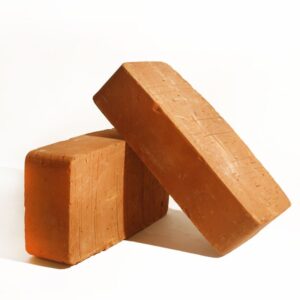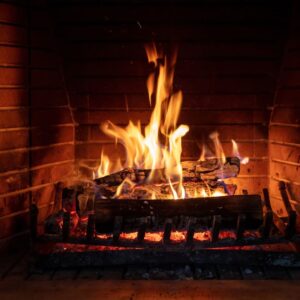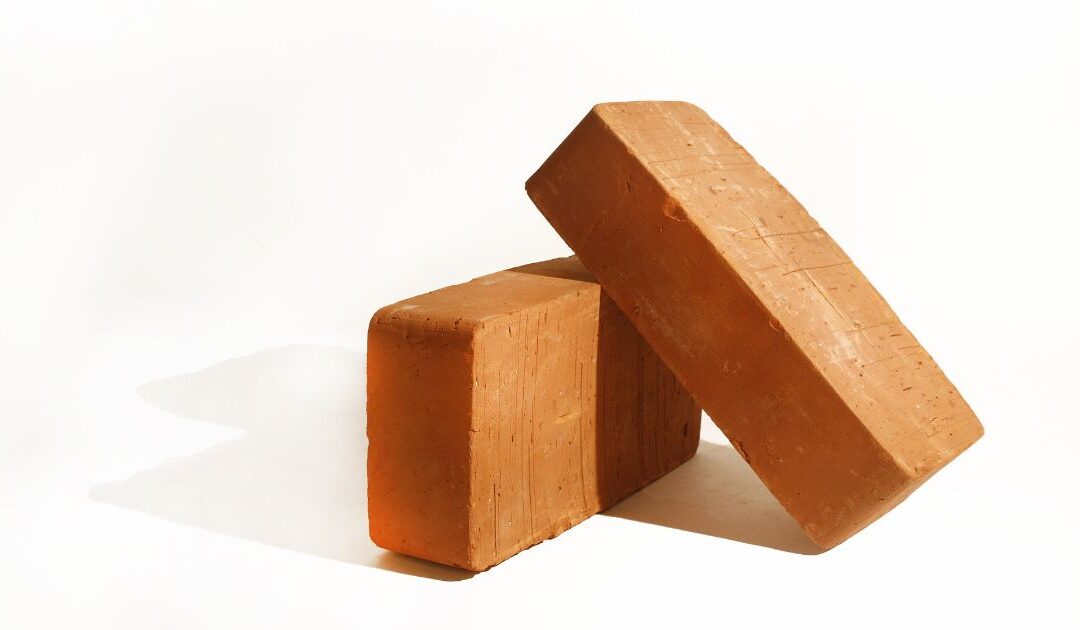Not many materials can withstand the high, punishing temperatures of open flame, yet a well installed fireplace can last over a hundred years.
So how does your fireplace manage to stand up to decades of use when it’s routinely exposed to extreme temperatures? To start, good construction using the correct materials is key.
Brick has been a popular choice of construction material for centuries, but not all bricks are created equal. While chimneys are typically constructed from cement block or common brick (often simply referred to as red brick), and flues are often lined with terracotta tiles, the firebox itself should be made of a distinct type of brick known as firebrick.
Now, this isn’t the same brick that homes in general and many other masonry constructions are made of. Rather, firebrick is used because of its unique ability to withstand and absorb high heat.
What Is Firebrick?
 Firebrick, also known as refractory brick or heat-resistant brick, is a specialized type of brick engineered for high temperature applications. The secret is in its composition: firebrick is made of refractory materials such as alumina, silica, and clay mixed and fired at high temperatures. The result is a dense and durable white brick – although dyes can be mixed into the slurry in order to produce color-tinted firebricks. The composition of firebrick gives it exceptional resistance to heat and thermal shock.
Firebrick, also known as refractory brick or heat-resistant brick, is a specialized type of brick engineered for high temperature applications. The secret is in its composition: firebrick is made of refractory materials such as alumina, silica, and clay mixed and fired at high temperatures. The result is a dense and durable white brick – although dyes can be mixed into the slurry in order to produce color-tinted firebricks. The composition of firebrick gives it exceptional resistance to heat and thermal shock.
Firebrick vs. Common Red Brick
While common bricks can vary in composition, overall there are some key differences between any common brick and firebrick.
- First, the melting point of firebrick is much higher than that of red brick. The melting point of firebrick is usually over 2,700 degrees Fahrenheit. Okay. So you may not be planning to melt bricks, but the heat resistance also helps prevent cracking and breakdown when exposed to high temperatures. Firebrick can safely be exposed to temperatures up to 1,800 degrees Fahrenheit and retain functionality, while ordinary brick will begin to break apart around 1,200 degrees.
- In addition to a higher melting point, firebrick has excellent resistance to thermal shock. This means that, not only can it be exposed to high heat, it can also tolerate rapid temperature changes without cracking or breaking. This is important in your firebox, where you’re going abruptly from room temperature to a crackling fire. Common brick will be more susceptible to damage when exposed either to extreme heat or to sudden temperature variations.
- When compared to common brick, firebrick also has superior thermal insulation properties. The components of firebrick absorb high temperatures and don’t transfer it. Because it’s dense and has low thermal conductivity, firebrick can retain heat effectively, preventing heat loss and helping to insulate your firebox and warm your home more efficiently.
Uses of Firebrick
 Firebrick finds a home in a number of industries requiring high heat such as steel production, foundries, ceramics, glassmaking, and forging. It also has domestic uses. If you’re lucky enough to have a pizza oven or barbeque pit, you’ve likely relied on firebrick to create a consistent, controlled environment for cooking or baking. Firebrick is also used to line fireboxes in fireplace and wood stove systems, where its insulating properties help contain and radiate heat. Using firebrick helps ensure efficient and safe operation.
Firebrick finds a home in a number of industries requiring high heat such as steel production, foundries, ceramics, glassmaking, and forging. It also has domestic uses. If you’re lucky enough to have a pizza oven or barbeque pit, you’ve likely relied on firebrick to create a consistent, controlled environment for cooking or baking. Firebrick is also used to line fireboxes in fireplace and wood stove systems, where its insulating properties help contain and radiate heat. Using firebrick helps ensure efficient and safe operation.
Common bricks can withstand minimal high heat temperatures, but they vary widely. Using firebrick in high-heat areas helps you trust that your bricks won’t become brittle or cracked over use.
If firebrick is so effective, why not use it throughout your entire fireplace system?
Firebrick can be more difficult to work worth, in part because of its heaviness. It’s also more costly than common brick. These factors, combined with the fact that other areas of your chimney shouldn’t be exposed to heat and temperature changes as extreme as your firebox anyway, make common brick a good solution for chimneys and other home applications. Keeping your chimney clear of debris, creosote and soot and having it inspected annually will help prevent chimney fires that would expose your chimney to dangerous, extreme temperatures.
We Can Help With Your Fireplace Needs
Do you have questions about your fireplace or wood stove? Are you looking to install a new fireplace or wood stove, have masonry repaired, or give your system an update? Our seasoned professionals are here to help you understand your options and make your home heating appliance vision a reality. We’ve been providing reliable, expert service in the Long Island area for over twenty years, so you can trust our experience – as our family of satisfied clients has over the decades.
If it’s time for your annual chimney inspection or a routine chimney sweeping, our technicians can provide that as well. Our technicians are certified by the National Fireplace Institute (NFI) for wood-burning and pellet-burning heating appliances. We’re also National Chimney Sweep Guild (NCSG) Members, New York State Chimney Sweep Guild (NYSCSG) Members, and Hearth, Patio & Barbeque Association (HPBA) Members.
Our commitment to this industry translates to benefits for those we serve. Call 631-738-0005 or request an appointment online today.


Recent Comments